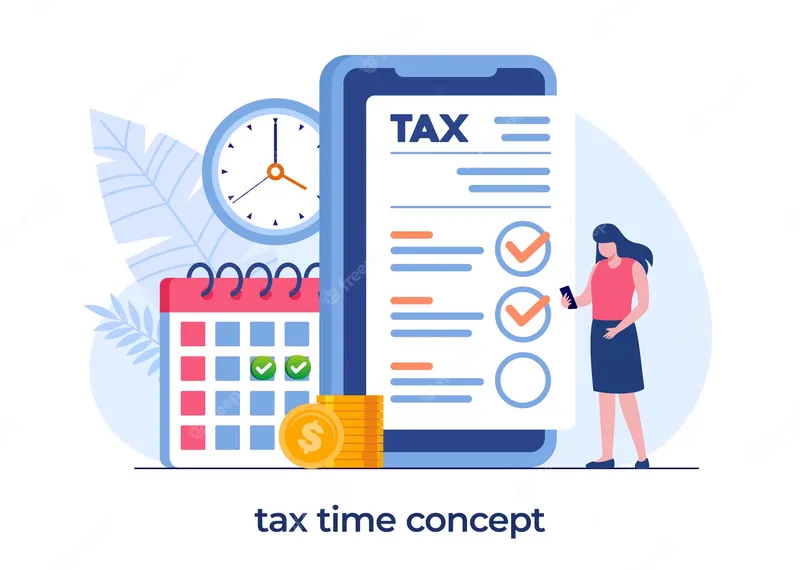Navigating the Pitfalls of Incorrect Tax Assessment

I. Introduction. In the world of finance, accurate tax assessment is paramount. However, many individuals and businesses find themselves grappling with incorrect tax calculations, often due to a lack of knowledge about tax laws or errors in their computations. This article explores the far-reaching consequences of such inaccuracies and provides insights into preventing and correcting them.
Contents
II. Common Causes of Incorrect Tax Assessment
Insufficient understanding of tax laws: One of the primary culprits behind incorrect tax assessments is a lack of familiarity with ever-evolving tax laws. Navigating the intricacies of tax codes can be challenging, especially for those without a background in finance.
Errors in income and deduction calculations: Mathematical mistakes in computing taxable income and deductions can lead to inaccuracies in tax assessments. Overlooking deductions or misreporting income can result in overpayment or underpayment of taxes.
Misinterpretation of tax regulations: Tax laws are filled with nuances, and misinterpretation can lead to errors in tax assessments. What might seem like a legitimate deduction could be disallowed due to misunderstanding the tax code.
Inadequate record-keeping: Disorganized financial records can contribute to incorrect tax assessments. Without proper documentation, it’s challenging to substantiate deductions and income, potentially leading to discrepancies.

III. The Consequences of Incorrect Tax Assessment
Penalties and fines: The tax authorities take incorrect assessments seriously. Taxpayers who underreport income or claim inappropriate deductions can face penalties and fines, increasing their overall tax liability.
Legal repercussions: In severe cases, incorrect tax assessments can lead to legal action. Tax evasion or fraud can result in criminal charges, leading to substantial fines and even imprisonment.
Financial burden and stress: An incorrect tax assessment can place a significant financial burden on individuals or businesses. The stress of dealing with unexpected tax bills can be overwhelming.
Impact on credit score: Tax liens resulting from unpaid taxes can negatively affect credit scores, making it more challenging to secure loans or credit in the future.
IV. Preventing Incorrect Tax Assessment
Seeking professional tax advice: Engaging a certified tax professional can provide invaluable guidance. They can ensure compliance with tax laws, maximize eligible deductions, and minimize the risk of errors.
Utilizing tax preparation software: Tax software can help individuals and businesses navigate tax complexities. It often includes features that prompt users to input necessary information correctly.
Maintaining accurate financial records: Diligent record-keeping is crucial. Proper documentation of income, expenses, and deductions ensures transparency and ease of tax preparation.
Staying informed about tax law changes: Tax laws evolve, and it’s essential to stay updated. Being aware of changes can prevent misunderstandings and ensure compliance.

V. Correcting Errors in Tax Assessment
Amending tax returns: If errors are discovered after filing, taxpayers can amend their returns to rectify inaccuracies. Timely amendments can mitigate penalties and interest.
Communicating with tax authorities: Open communication with tax authorities can help resolve discrepancies. Providing documentation to support amendments can facilitate a smoother resolution.
Resolving discrepancies through appeals: In cases of disagreement with tax assessments, taxpayers have the option to appeal. This process involves presenting evidence and arguments to contest the assessment.
VI. Real-Life Case Studies
Examples of individuals or businesses facing incorrect tax assessments: Real-life case studies illustrate the challenges that people and organizations encounter when dealing with incorrect tax assessments.
Outcomes and lessons learned: By examining the outcomes of these cases and the lessons learned, readers gain practical insights into avoiding similar pitfalls.

VII. Conclusion
In conclusion, incorrect tax assessment is a pervasive issue with far-reaching consequences. To navigate this complex terrain successfully, it is imperative to understand the common causes, consequences, and prevention measures. Correcting errors, when they occur, is equally crucial. By staying informed and seeking professional guidance, individuals and businesses can minimize the risks associated with incorrect tax assessments, ensuring a smoother financial journey.







